Home>Garden Essentials>How Many Lbs Of Grass Seed Per Sq. Ft.
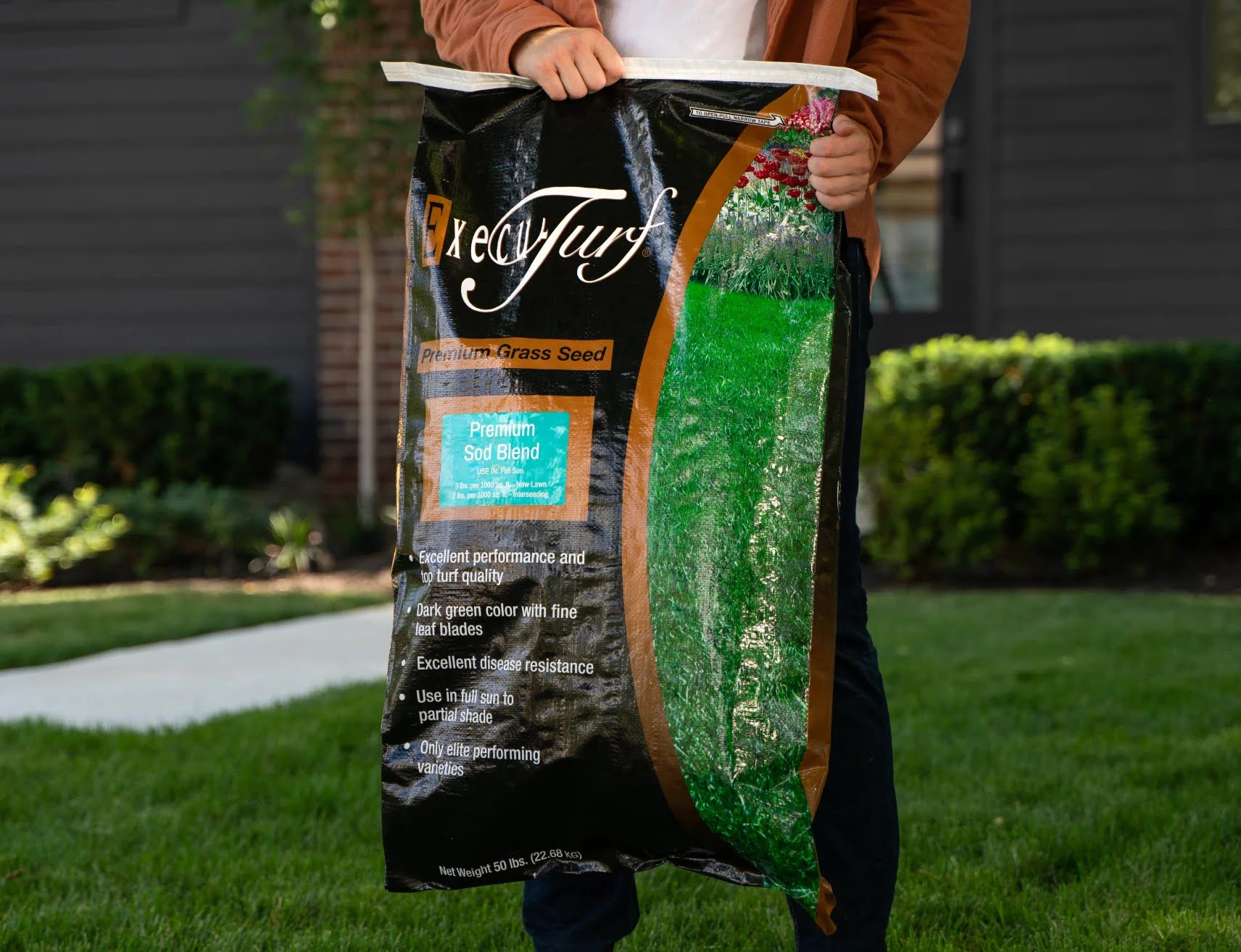

Garden Essentials
How Many Lbs Of Grass Seed Per Sq. Ft.
Modified: October 18, 2024
Find out how many pounds of grass seed you need per square foot for your garden. Get expert advice on achieving a lush and healthy lawn.
(Many of the links in this article redirect to a specific reviewed product. Your purchase of these products through affiliate links helps to generate commission for Storables.com, at no extra cost. Learn more)
Introduction
Gardening enthusiasts know that a lush and healthy lawn starts with proper seed coverage. Whether you’re starting your lawn from scratch or looking to fill in bare patches, understanding the recommended seeding rate is crucial for successful germination and establishment. Seeding rate refers to the amount of grass seed you should use per square foot of your lawn. This number can vary depending on various factors, including the type of grass, soil conditions, climate, and desired lawn density.
In this article, we will explore the factors to consider when determining the optimal seeding rate for your lawn. We will also guide you through the process of calculating the seeding rate based on the specific needs of your yard. Additionally, we will discuss the importance of adjusting the seeding rate and provide insights on the differences between over-seeding and under-seeding.
By the end of this article, you will have a comprehensive understanding of how many pounds of grass seed per square foot you should aim for in order to achieve a vibrant and thriving lawn. Are you ready to dive in?
Key Takeaways:
- Choose the right amount of grass seed per square foot based on factors like grass type, soil conditions, and climate for a lush lawn. Adjust seeding rate as needed for optimal growth.
- Over-seeding fills in bare spots, while under-seeding maintains a healthy lawn. Consider your lawn’s condition and goals to decide which approach is best for you.
Read more: How Many Pounds Of Grass Seed Per 1000 Sq Ft
Factors to Consider
When determining the optimal seeding rate for your lawn, several factors come into play. Understanding these factors will help you make informed decisions about how much grass seed to use per square foot. Let’s take a look at some key considerations:
- Grass Type: Different grass species have different growth habits, spread rates, and desired densities. Some grasses, like Kentucky bluegrass, require higher seeding rates, while others, like fine fescue, may need less. Research the specific requirements of your chosen grass type for guidance on seeding rates.
- Soil Conditions: The condition of your soil plays a significant role in determining the seeding rate. Sandy soils may require higher seeding rates to achieve the desired coverage, while clay soils may necessitate lower rates. Conduct a soil test to evaluate the pH level and fertility of your soil before determining the seeding rate.
- Climate and Environmental Factors: The climate in your region impacts the growth and germination of grass seed. In colder climates, you may need to sow more seed to compensate for harsh winter conditions. Similarly, areas with high rainfall or drought conditions may require adjustments in the seeding rate.
- Desired Lawn Density: Consider the level of lawn density you want to achieve. If you prefer a thick, lush lawn, a higher seeding rate will be necessary. However, if you prefer a more open and airy look, a lower rate may suffice.
- Seed Quality: The quality of the grass seed you choose can also impact the seeding rate. High-quality seed with a high germination rate may require a lower seeding rate compared to lower-quality seed.
- Seed Mixture: If you’re using a seed mixture that contains multiple grass species, the recommended seeding rate may vary. Each grass species in the mixture may have specific seeding rate requirements. Read the seed packaging or consult with a local gardening expert for guidance on the seeding rate for your specific seed mixture.
Considering these factors will help you determine the optimal seeding rate for your lawn. However, keep in mind that seeding rates are not set in stone and may require adjustments based on your unique circumstances. In the next section, we will explore how to calculate the seeding rate for your specific lawn.
Optimal Seeding Rate
The optimal seeding rate refers to the ideal amount of grass seed you should use per square foot to achieve the desired lawn thickness and coverage. Determining the optimal seeding rate is essential for successful germination and establishment of your lawn. However, it’s important to note that the optimal seeding rate can vary depending on the factors mentioned in the previous section. Here are some general guidelines to help you determine the optimal seeding rate:
- For new lawns: For establishing a new lawn, the recommended seeding rate is typically around 4-5 pounds of grass seed per 1,000 square feet of lawn area. This rate ensures good coverage and helps fill in any bare spots.
- For overseeding existing lawns: When overseeding existing lawns, where you are adding seed to an already established lawn, a slightly lower seeding rate of 2-3 pounds per 1,000 square feet is often sufficient. This rate helps to rejuvenate the lawn and fill in thin or bare areas.
Keep in mind that these are general guidelines, and you may need to adjust the seeding rate based on the factors specific to your lawn. It’s always a good idea to consult the seed packaging or seek advice from a local gardening expert for more precise recommendations based on your grass type and growing conditions.
Calculating the seeding rate for your lawn involves determining the total area of your lawn and then calculating the amount of seed needed based on the recommended rate. Let’s explore how you can calculate the seeding rate in the next section.
Calculating Seeding Rate
Calculating the seeding rate for your lawn involves a simple calculation based on the recommended pounds of grass seed per 1,000 square feet. Here’s a step-by-step guide to help you calculate the seeding rate:
- Measure your lawn: Start by measuring your lawn’s total area in square feet. You can do this by measuring the length and width of your lawn and multiplying these numbers together. For irregularly shaped lawns, consider dividing it into smaller sections and measuring each section separately.
- Determine the recommended seeding rate: Refer to the recommended seeding rate provided by the seed manufacturer or gardening expert for your specific grass type and condition. This rate is typically expressed in pounds per 1,000 square feet.
- Calculate the amount of seed needed: Divide the total area of your lawn by 1,000 to determine the number of 1,000 square feet sections. Then, multiply this number by the recommended seeding rate to calculate the total pounds of seed needed.
- Adjust for seed mixture: If you’re using a seed mixture with different grass species, adjust the amount of each grass species based on its recommended seeding rate. Use the seed mixture percentages to calculate the amount of each seed required.
Once you have calculated the amount of seed needed, it’s a good idea to buy slightly more seed than required to account for any potential oversights or reseeding in sparse areas.
Remember, the calculated seeding rate is a general guideline, and you may need to make adjustments based on your specific lawn and growing conditions. Factors such as soil type, climate, and desired lawn density can influence the actual amount of seed needed. Consulting with local gardening experts or experienced gardeners can provide valuable insights and help you fine-tune the seeding rate for optimum results.
Now that you know how to calculate the seeding rate, let’s explore the importance of adjusting the rate in the next section.
For overseeding, use 3-5 lbs of grass seed per 1,000 sq ft. For new lawn, use 8-10 lbs per 1,000 sq ft. Always follow the recommended seeding rates on the seed packaging.
Adjusting Seeding Rate
While there are recommended seeding rates for different types of lawns, it’s essential to understand that these rates are not set in stone. Adjusting the seeding rate based on your specific lawn conditions can help you achieve better results. Here are some situations where you may need to make adjustments to the seeding rate:
- Poor Soil Quality: If your soil is of poor quality, with low fertility or drainage issues, you may need to increase the seeding rate. By adding more seed, you increase the chances of successful germination and establishment, compensating for the unfavorable soil conditions.
- Desired Lawn Density: Adjust the seeding rate based on the level of lawn density you want to achieve. If you desire a thicker and more lush lawn, you may need to increase the seeding rate. On the other hand, if you prefer a more open and airy look, a lower seeding rate may be sufficient.
- Pest and Disease Pressure: If you are dealing with a high incidence of pests or diseases in your lawn, a slightly higher seeding rate can help you combat these issues. Increasing the seed density can ensure that even if some areas are affected, other healthy areas will compensate and maintain an attractive lawn.
- Over-Seeding vs. Under-Seeding: Consider the condition of your lawn when deciding whether to over-seed or under-seed. Over-seeding involves using a higher seeding rate to fill in bare or thin areas, while under-seeding may be appropriate for maintaining an already dense and healthy lawn. Evaluate your lawn’s needs and make adjustments accordingly.
- Climate Variations: If you live in a region with extreme weather conditions such as hot and dry summers or cold and harsh winters, you may need to adjust the seeding rate accordingly. For example, in colder regions, a slightly higher seeding rate can help compensate for potential winter damage.
It’s important to strike a balance when adjusting the seeding rate. While increasing the rate can provide thicker coverage, excessive seed density can lead to competition among seedlings, which may result in weaker growth. Regular observations and fine-tuning of the seeding rate will help you achieve the perfect balance for your lawn.
By taking these factors into consideration and making necessary adjustments, you can optimize the seeding rate to promote healthy and vigorous lawn growth. In the next section, we will discuss the differences between over-seeding and under-seeding to help you decide which approach is best for your lawn.
Read more: How Many Lbs Of Grass Seed Per Acre
Over-Seeding vs. Under-Seeding
When it comes to improving the quality and appearance of your lawn, you may have heard about over-seeding and under-seeding as two viable options. Let’s explore the differences between these two approaches to help you determine which one is best for your lawn:
- Over-Seeding: Over-seeding involves spreading grass seed over an existing lawn to fill in bare spots, thicken the turf, and improve overall density. This approach is commonly used to rejuvenate a tired or worn-out lawn, enhance its appearance, and introduce improved varieties of grass. Over-seeding can help you achieve a lush and healthy lawn by introducing fresh seed to areas that have become thin or damaged over time. It also helps to compete with weeds and prevent them from taking over.
- Under-Seeding: Under-seeding, on the other hand, involves using a lower seeding rate to maintain an already dense and healthy lawn. This approach is suitable when you have only a few patches or small areas that need to be filled in. Under-seeding ensures that the new seed does not compete excessively with the existing turfgrass and maintains the desired lawn density. It is often performed as part of regular lawn maintenance to address small areas of wear and tear or thinning due to foot traffic or environmental stress.
Choosing between over-seeding and under-seeding depends on the condition of your lawn and your goals for its improvement. If you have large areas of thin or bare turf, over-seeding with a higher seeding rate may be the best approach. It can help revitalize your lawn and create a consistent turfgrass cover. On the other hand, if you have a relatively healthy lawn with only a few problem areas, under-seeding with a lower seeding rate can effectively address those issues without overwhelming the existing grass.
It’s worth noting that both over-seeding and under-seeding require proper lawn preparation and follow-up care, including adequate watering and timely fertilization. Depending on your lawn’s condition, you may also need to address any underlying issues such as soil compaction or pH imbalance for optimal results.
Ultimately, the decision between over-seeding and under-seeding will depend on your specific lawn’s needs and your desired outcome. Consider the current state of your lawn, the extent of thin or bare areas, and the overall lawn density you want to achieve. Consulting with a local lawn care professional or gardening expert can provide valuable guidance tailored to your specific situation.
By properly adjusting the seeding rate and choosing the appropriate approach, whether it’s over-seeding or under-seeding, you can transform your lawn into a vibrant and healthy green space.
Conclusion
Establishing and maintaining a healthy, lush lawn starts with knowing the optimal seeding rate for your specific lawn conditions. By considering factors such as grass type, soil conditions, climate, desired lawn density, seed quality, and seed mixture, you can determine the ideal amount of grass seed to use per square foot. While general guidelines exist, it is important to make adjustments based on your unique circumstances.
Calculating the seeding rate involves measuring your lawn, determining the recommended rate, and adjusting for the specific seed mixture if applicable. This calculation ensures that you have the right amount of grass seed to achieve successful germination and establishment. However, it’s essential to remember that the seeding rate is not set in stone and may require further adjustments based on factors such as soil quality, pest and disease pressure, and climate variations.
Over-seeding and under-seeding are two approaches you can take to improve your lawn. Over-seeding is used to fill in bare spots and rejuvenate the lawn, while under-seeding is suitable for maintaining an already dense and healthy lawn. Choosing the right approach depends on the condition of your lawn and your specific goals for improvement.
It’s important to note that achieving a healthy and vibrant lawn goes beyond just the seeding rate. Proper lawn care practices, including regular watering, fertilization, and mowing, will contribute to the overall success of your lawn. Additionally, identifying and addressing any underlying issues such as soil compaction, pH imbalance, or pest infestations will help ensure optimal growth and longevity.
By understanding the factors to consider, calculating the seeding rate, making necessary adjustments, and employing appropriate lawn care practices, you can create a beautiful and thriving lawn that you can enjoy for years to come. Don’t hesitate to seek guidance from local gardening experts or lawn care professionals for personalized advice and recommendations that align with your specific lawn requirements.
So go ahead, put your green thumb to work, and watch your lawn flourish with the perfect seeding rate and proper care. Get ready to enjoy a lush and healthy outdoor space that will be the envy of the neighborhood!
Frequently Asked Questions about How Many Lbs Of Grass Seed Per Sq. Ft.
Was this page helpful?
At Storables.com, we guarantee accurate and reliable information. Our content, validated by Expert Board Contributors, is crafted following stringent Editorial Policies. We're committed to providing you with well-researched, expert-backed insights for all your informational needs.
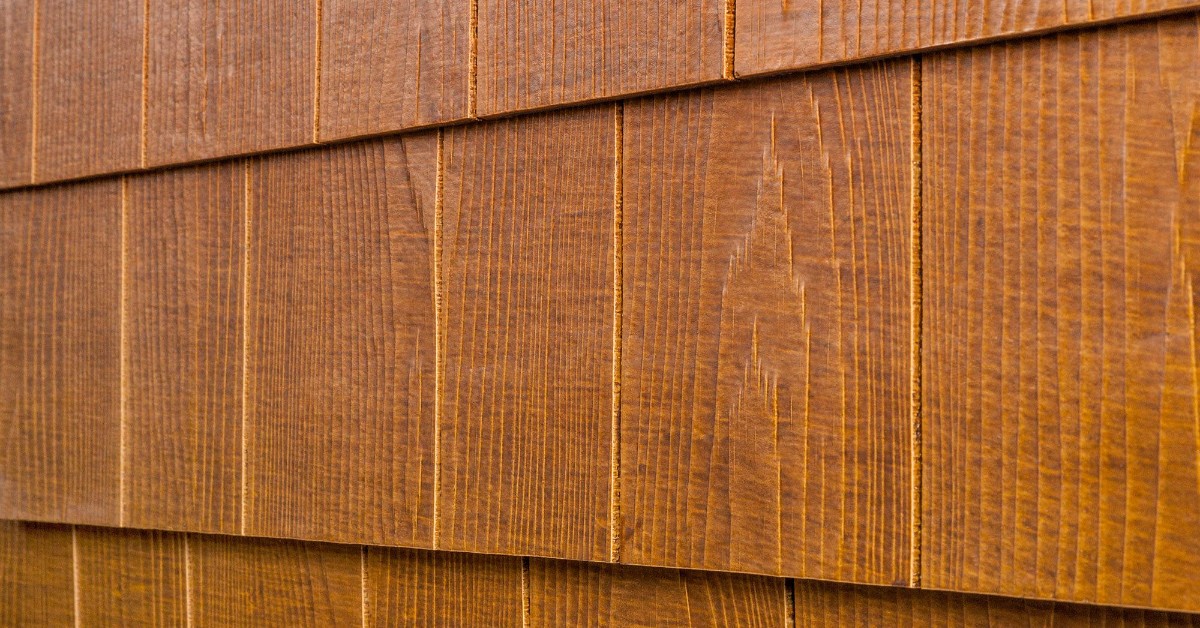

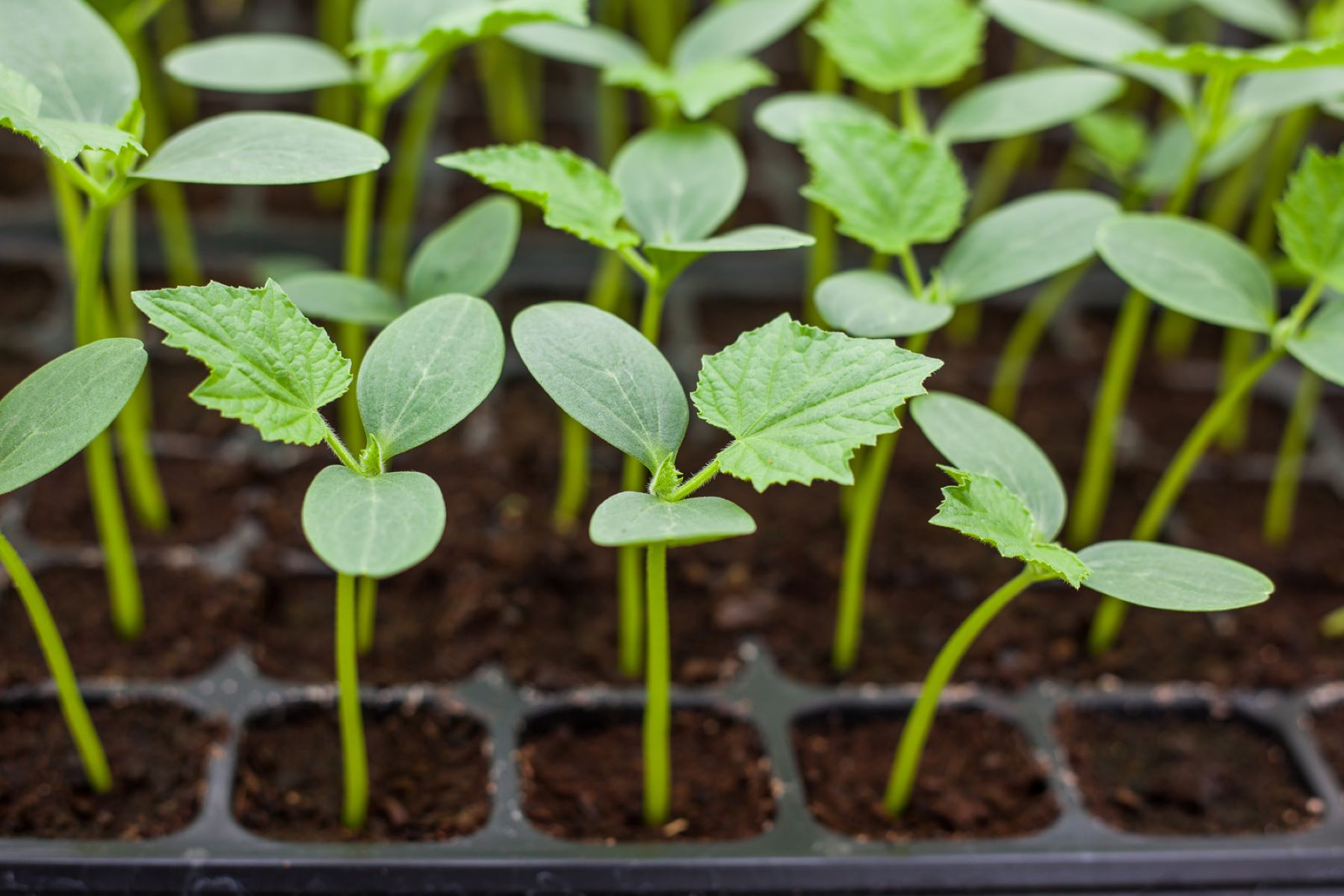
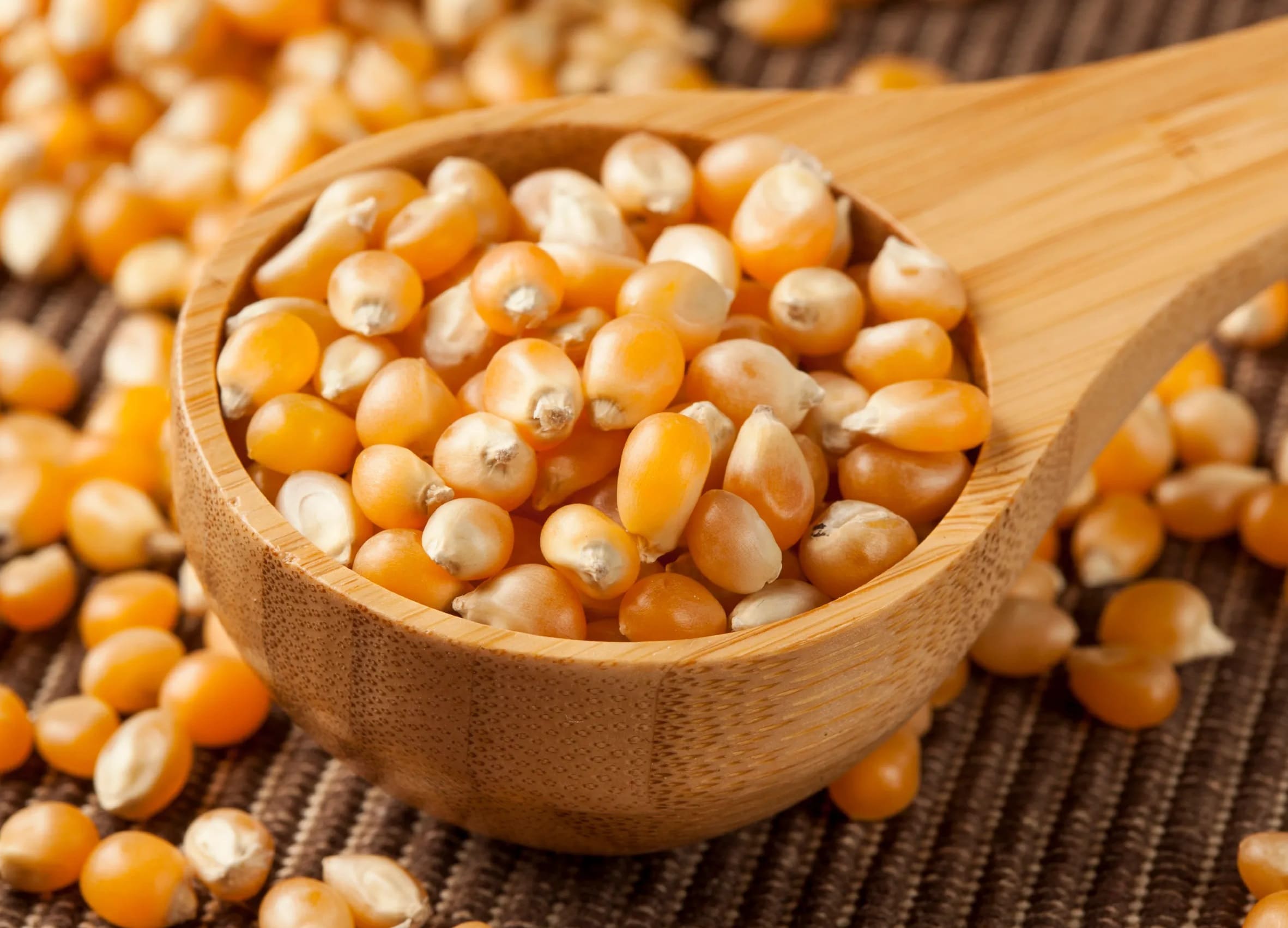

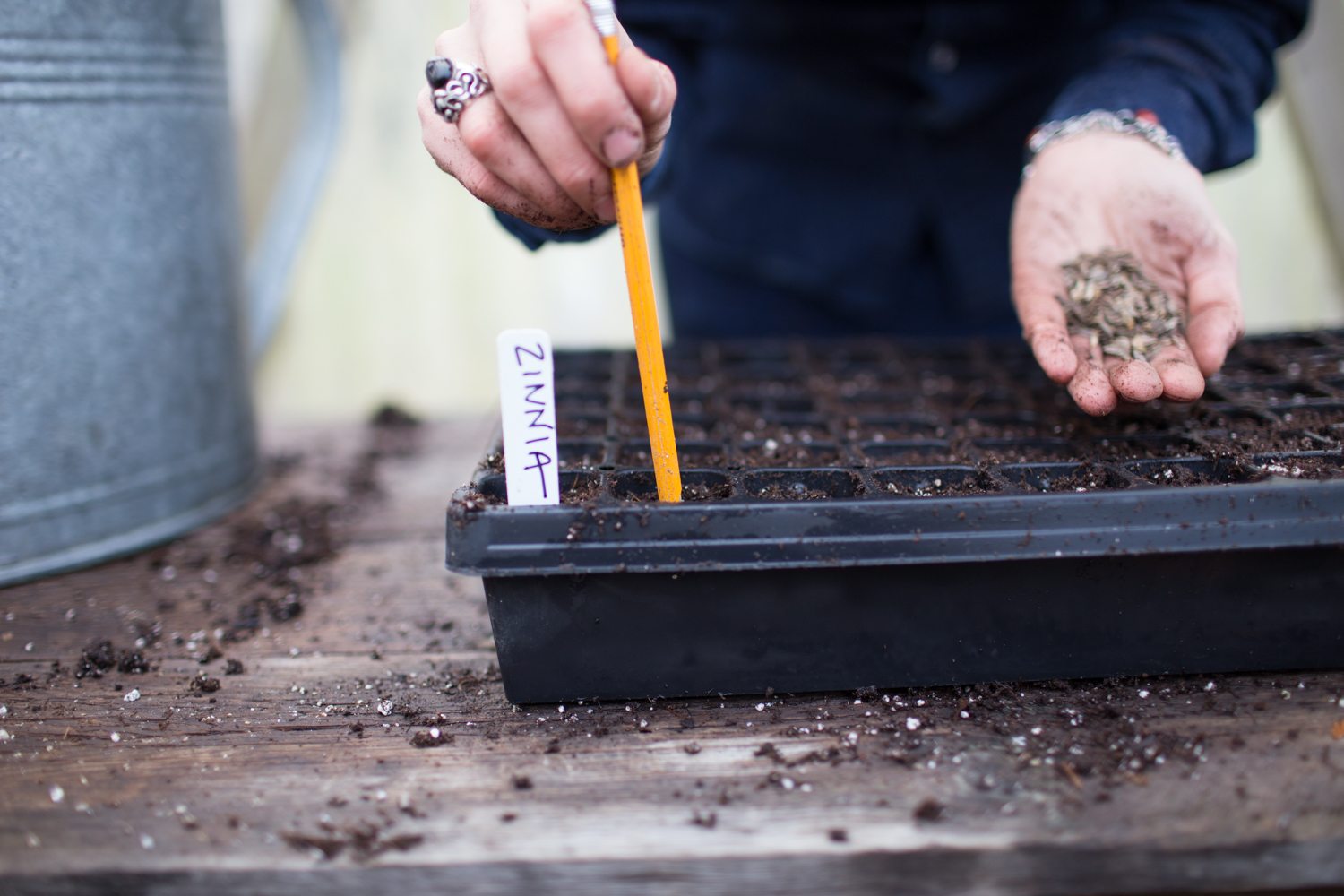
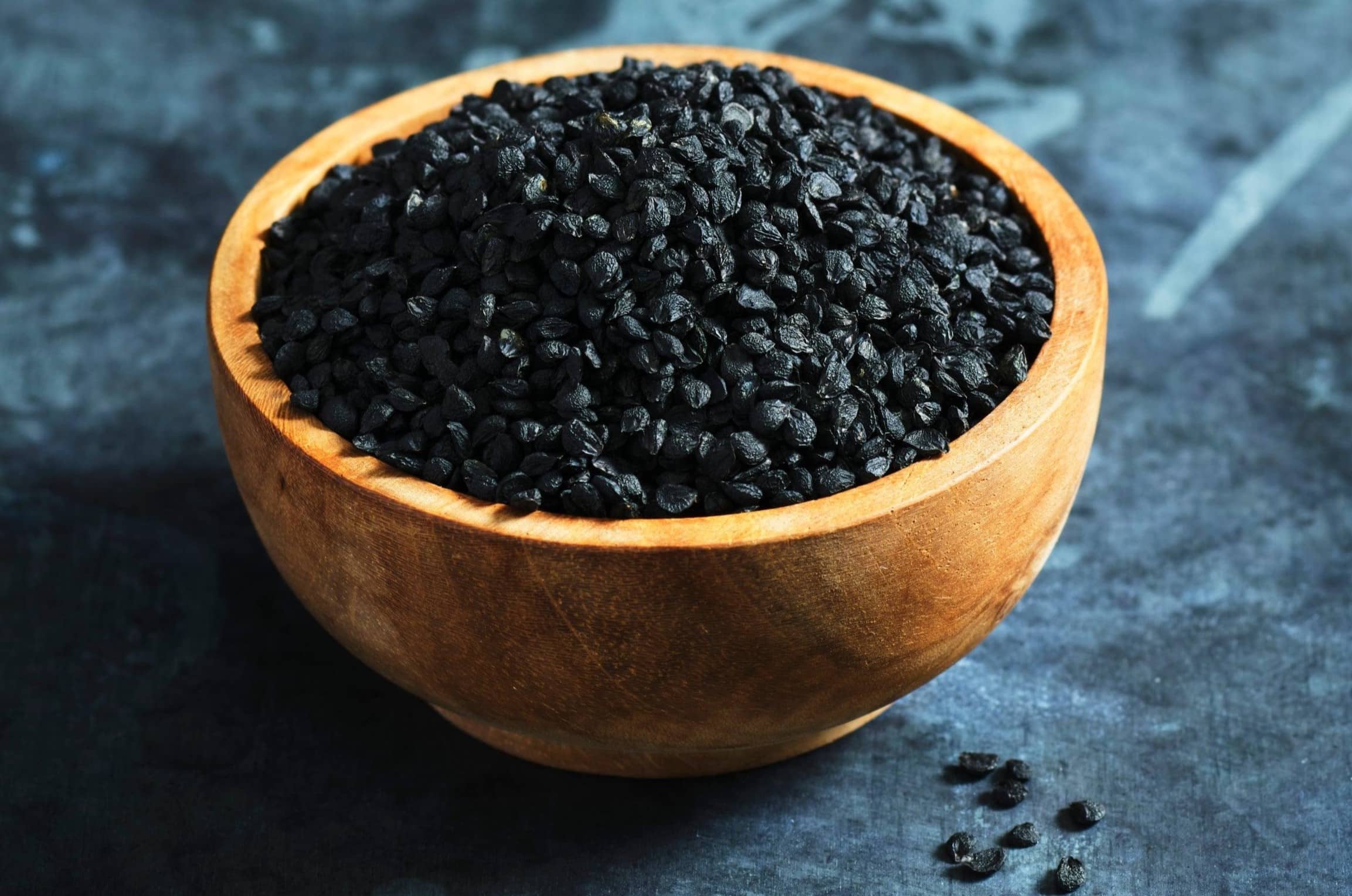

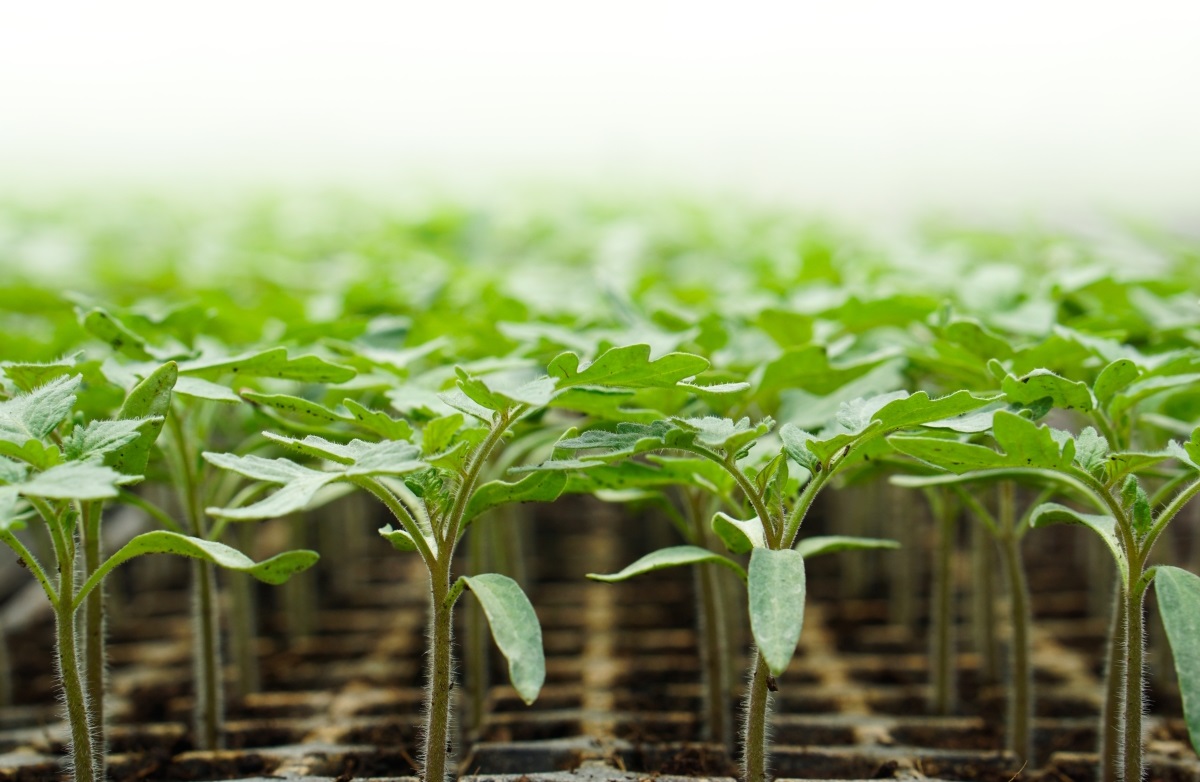
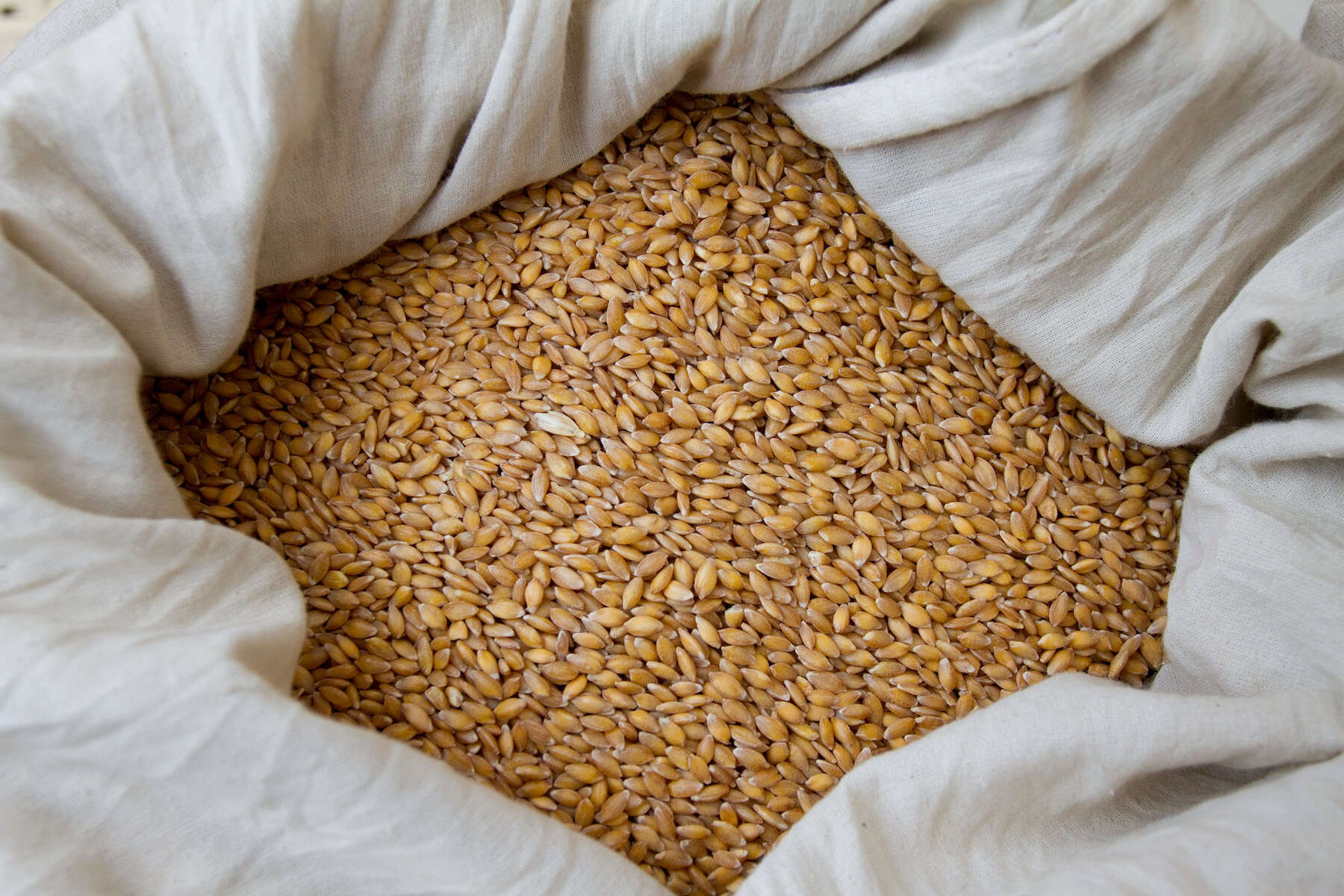
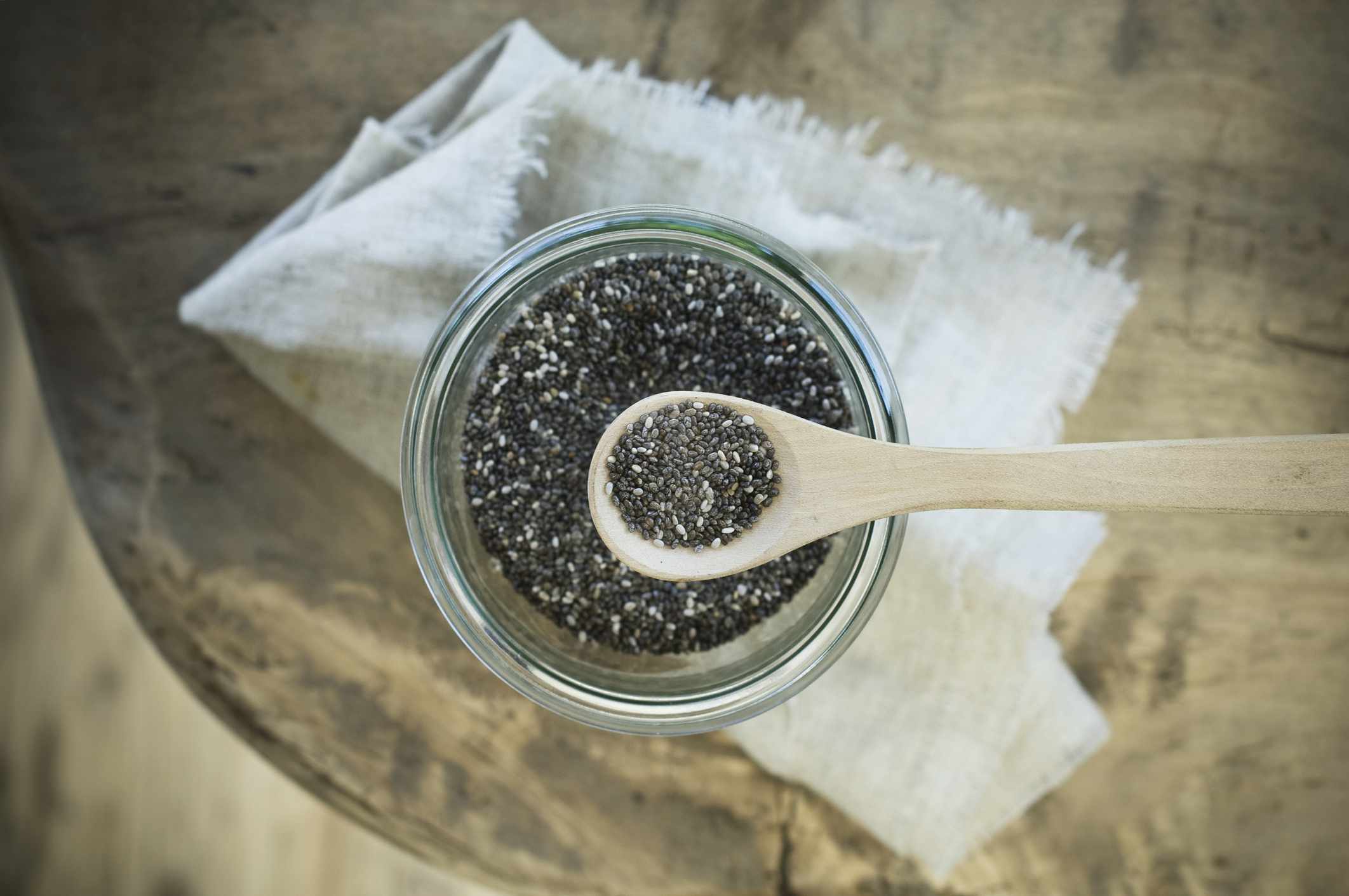

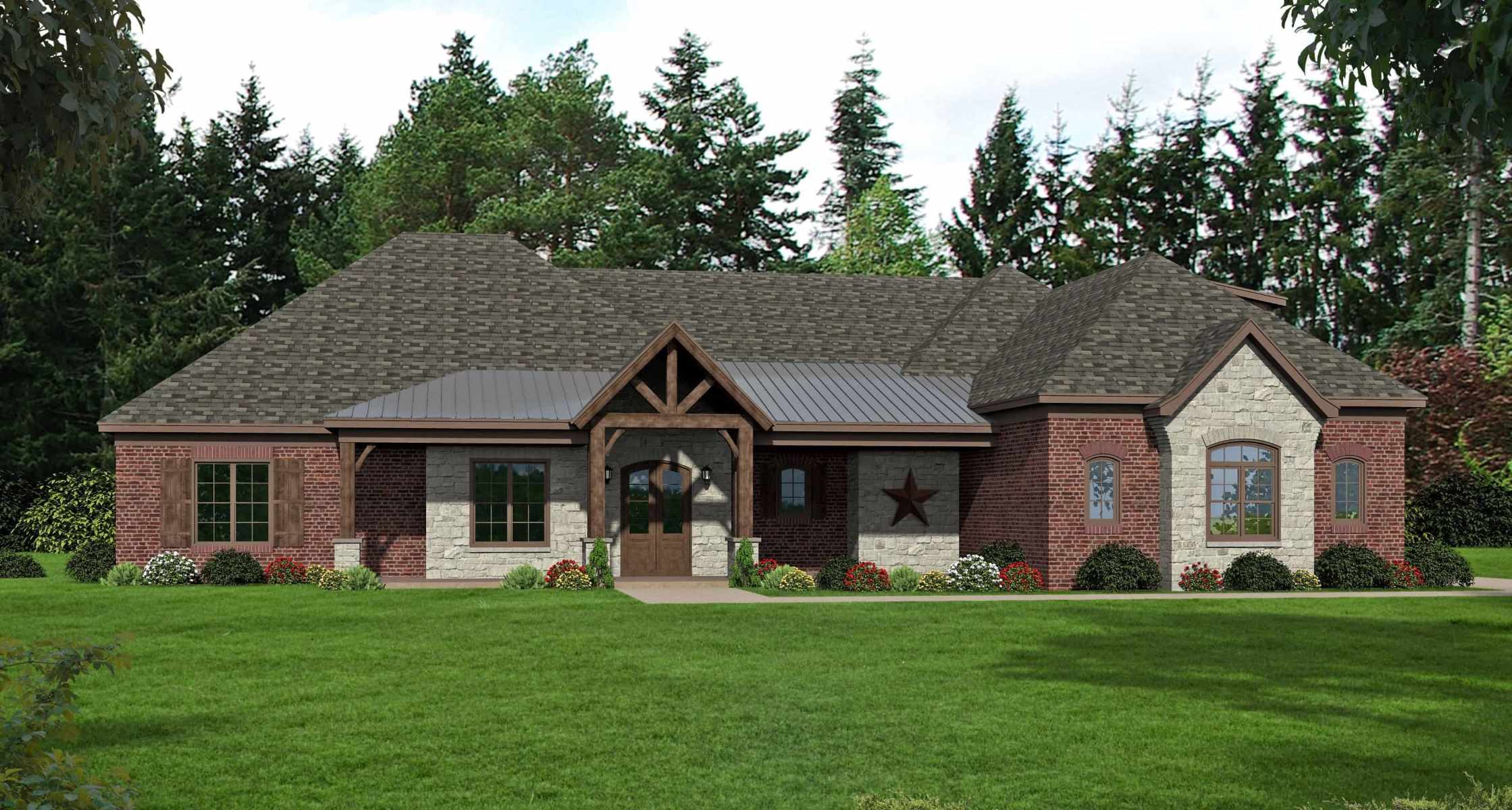


0 thoughts on “How Many Lbs Of Grass Seed Per Sq. Ft.”